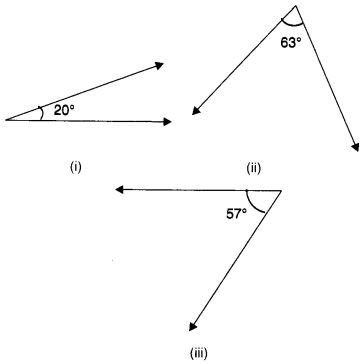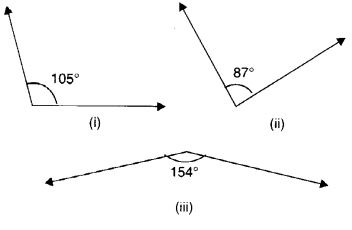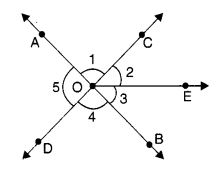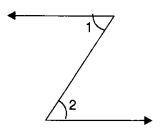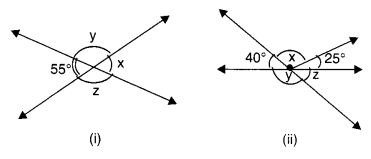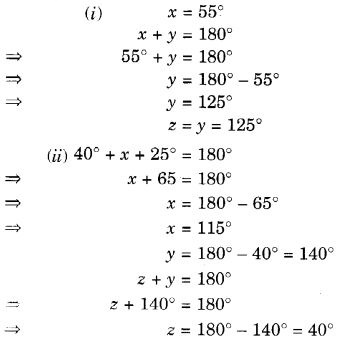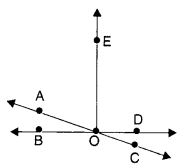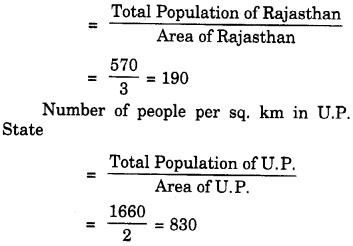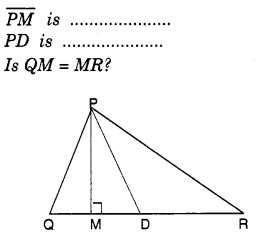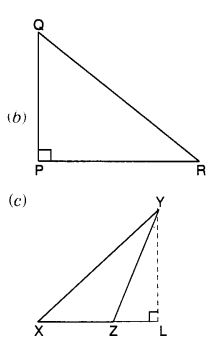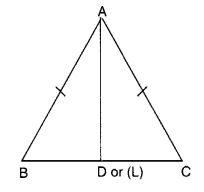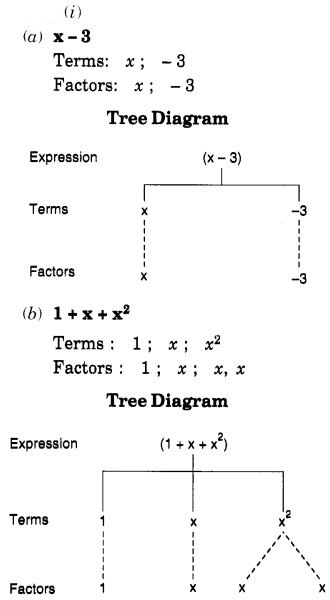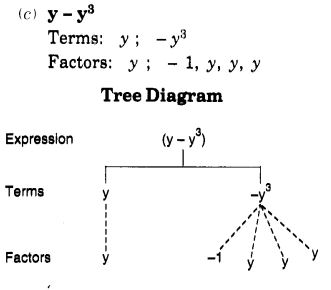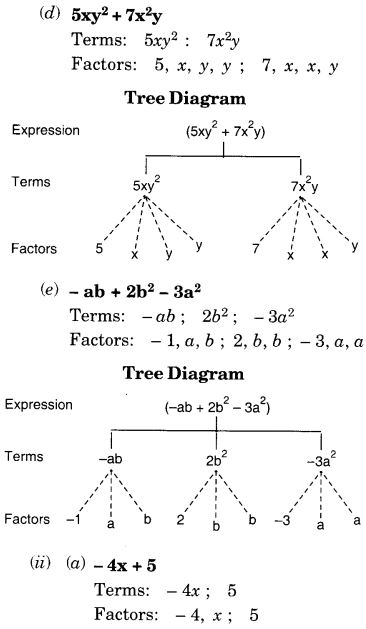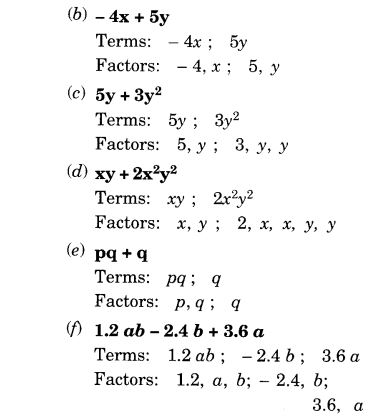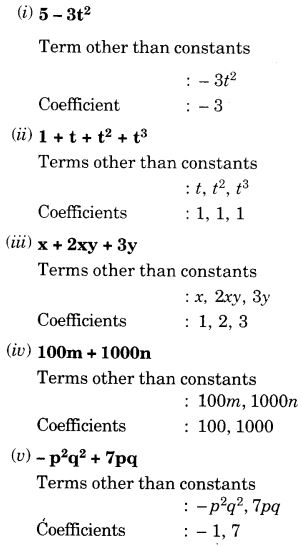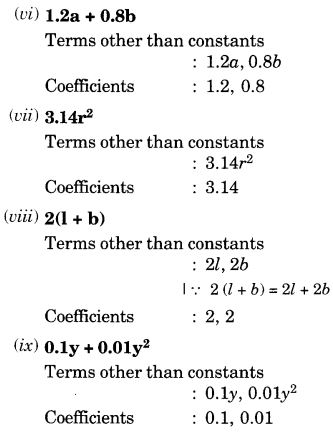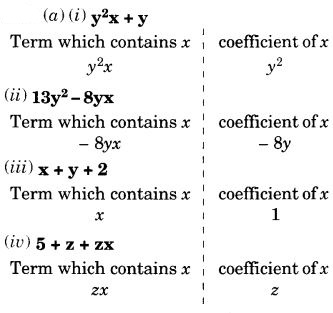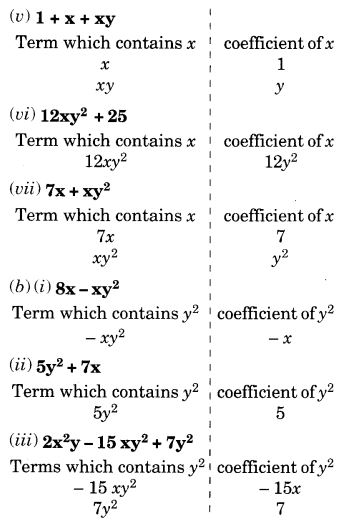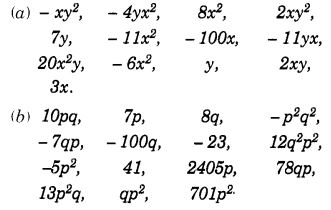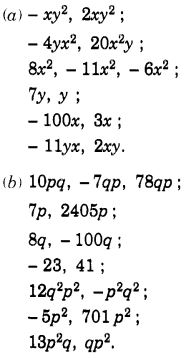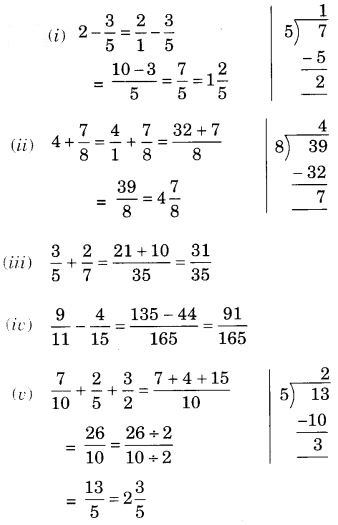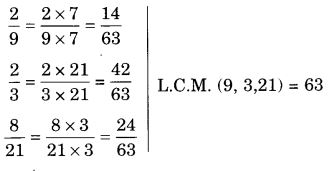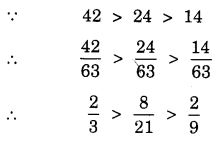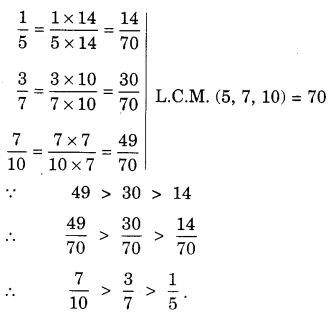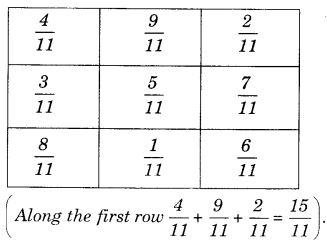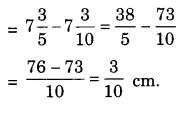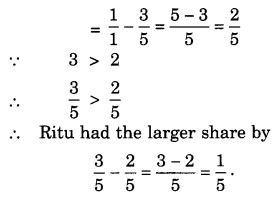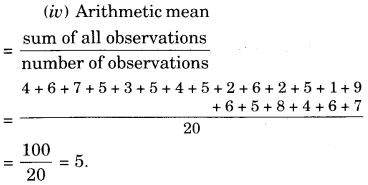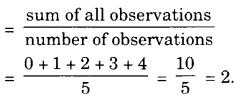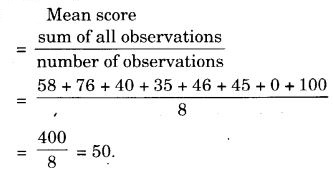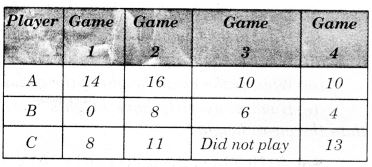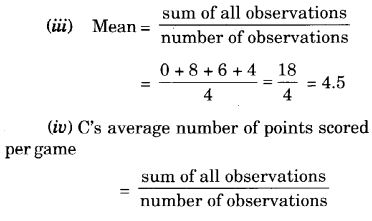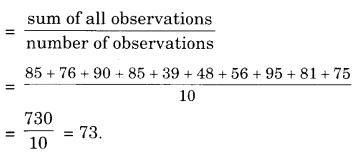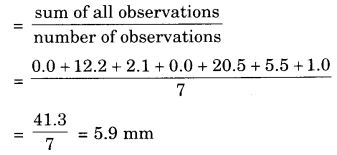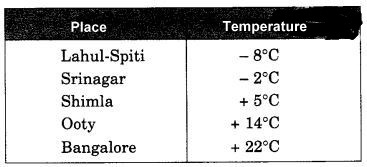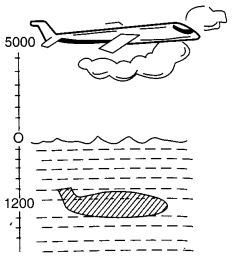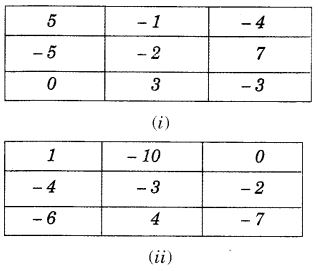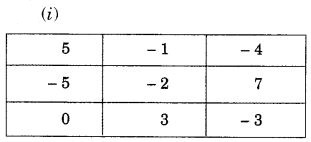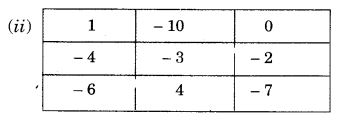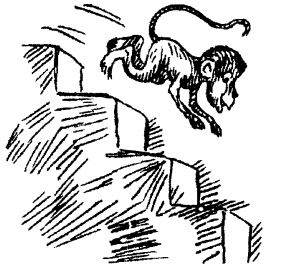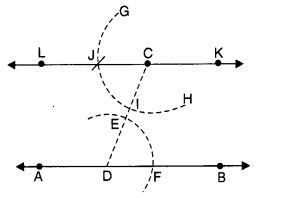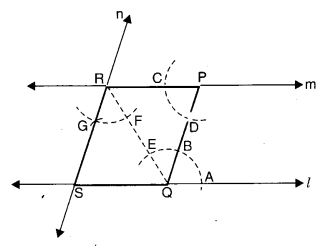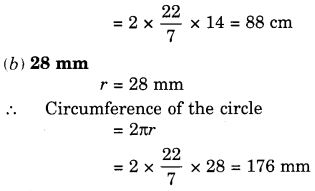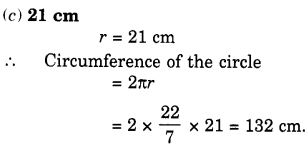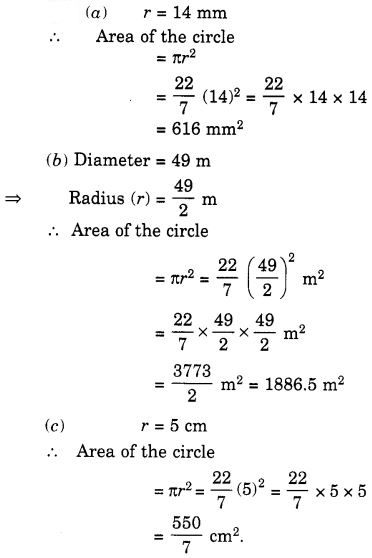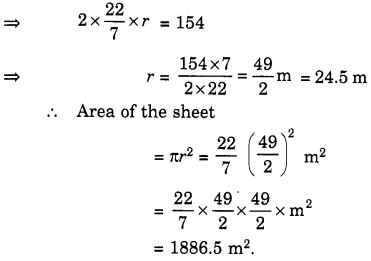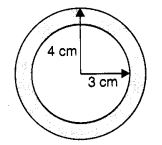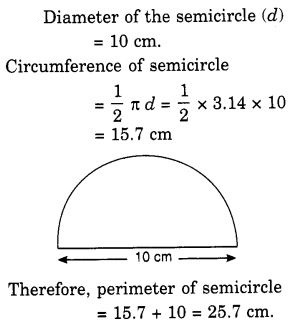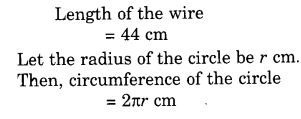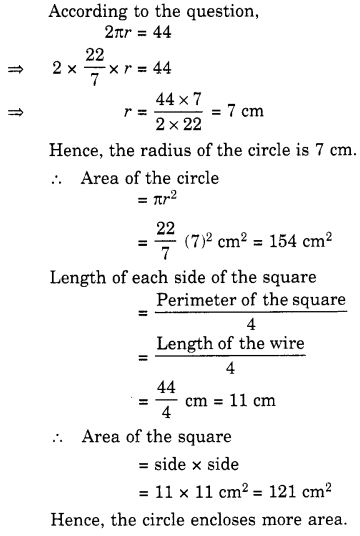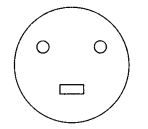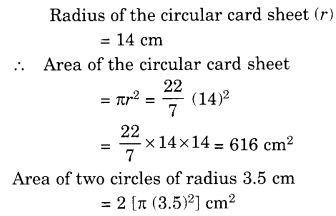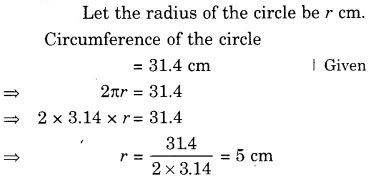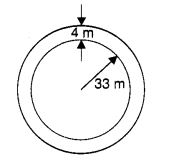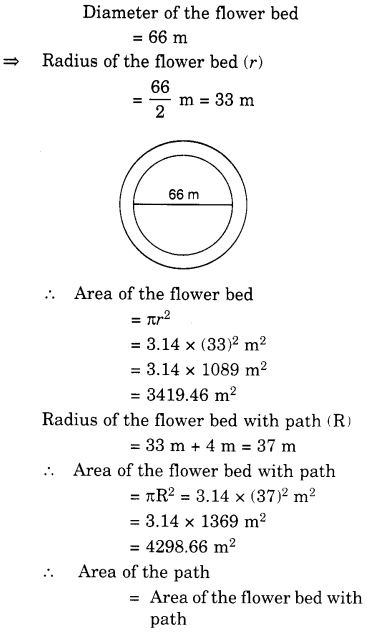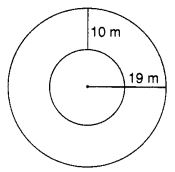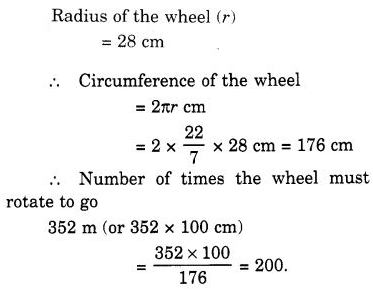NCERT Solutions for Class 7 Maths Chapter 7 Congruence of Triangles Ex 7.1 are part of NCERT Solutions for Class 7 Maths. Here we have given NCERT Solutions for Class 7 Maths Chapter 7 Congruence of Triangles Ex 7.1.
| Board | CBSE |
| Textbook | NCERT |
| Class | Class 7 |
| Subject | Maths |
| Chapter | Chapter 7 |
| Chapter Name | Congruence of Triangles |
| Exercise | Ex 7.1 |
| Number of Questions Solved | 4 |
| Category | NCERT Solutions |
NCERT Solutions for Class 7 Maths Chapter 7 Congruence of Triangles Ex 7.1
Question 1.
Complete the following statements:
(a) Two line segments are congruent if……..
(b) Among two congruent angles, one has a measure of 70°; the measure of the other angle is…….
(c) When we write ∠A = ∠B, we actually mean….
Solution:
(a) they have the same length
(b) 70°
(c) m∠A = m∠B
Question 2.
Give any two real-life examples for congruent shapes.
Solution:
- Two coins or notes of the same denomination.
- Two keys of the same lock.
Question 3.
If ∆ ABC = ∆ FED under the correspondence ABC ↔ FED, write all the corresponding congruent parts of the triangles.
Solution:
Corresponding vertices: A and F; B and E; C and D.
Corresponding sides : \(\overline { AB } \) and \(\overline { FE } \) ; \(\overline { BC } \) and \(\overline { ED } \); \(\overline { CA } \) and \(\overline { DF } \).
Corresponding angles: ∠A and ∠F; ∠B and ∠E; ∠C and ∠D.
Question 4.
If ∆ DEF = ∆ BCA, write the part(s) of ∆ BCA that correspond to
- ∠E
- \(\overline { EF } \)
- ∠F
- \(\overline { DF } \)
Solution:
- ∠C
- \(\overline { CA } \)
- ∠A
- \(\overline { BA } \)
We hope the NCERT Solutions for Class 7 Maths Chapter 7 Congruence of Triangles Ex 7.1 help you. If you have any query regarding NCERT Solutions for Class 7 Maths Chapter 7 Congruence of Triangles Ex 7.1, drop a comment below and we will get back to you at the earliest.
